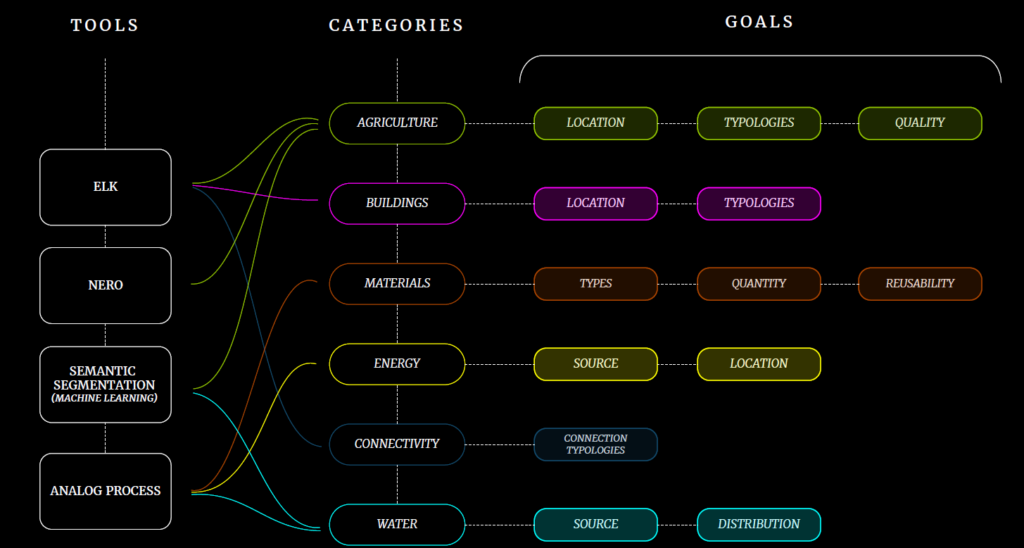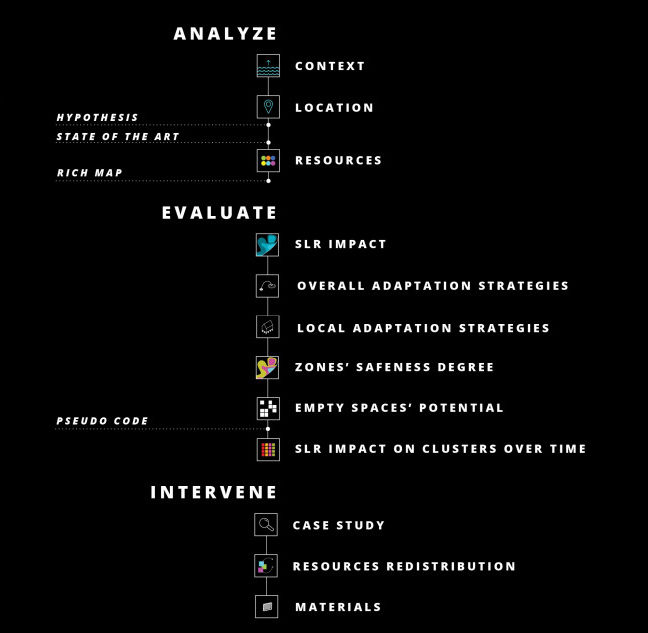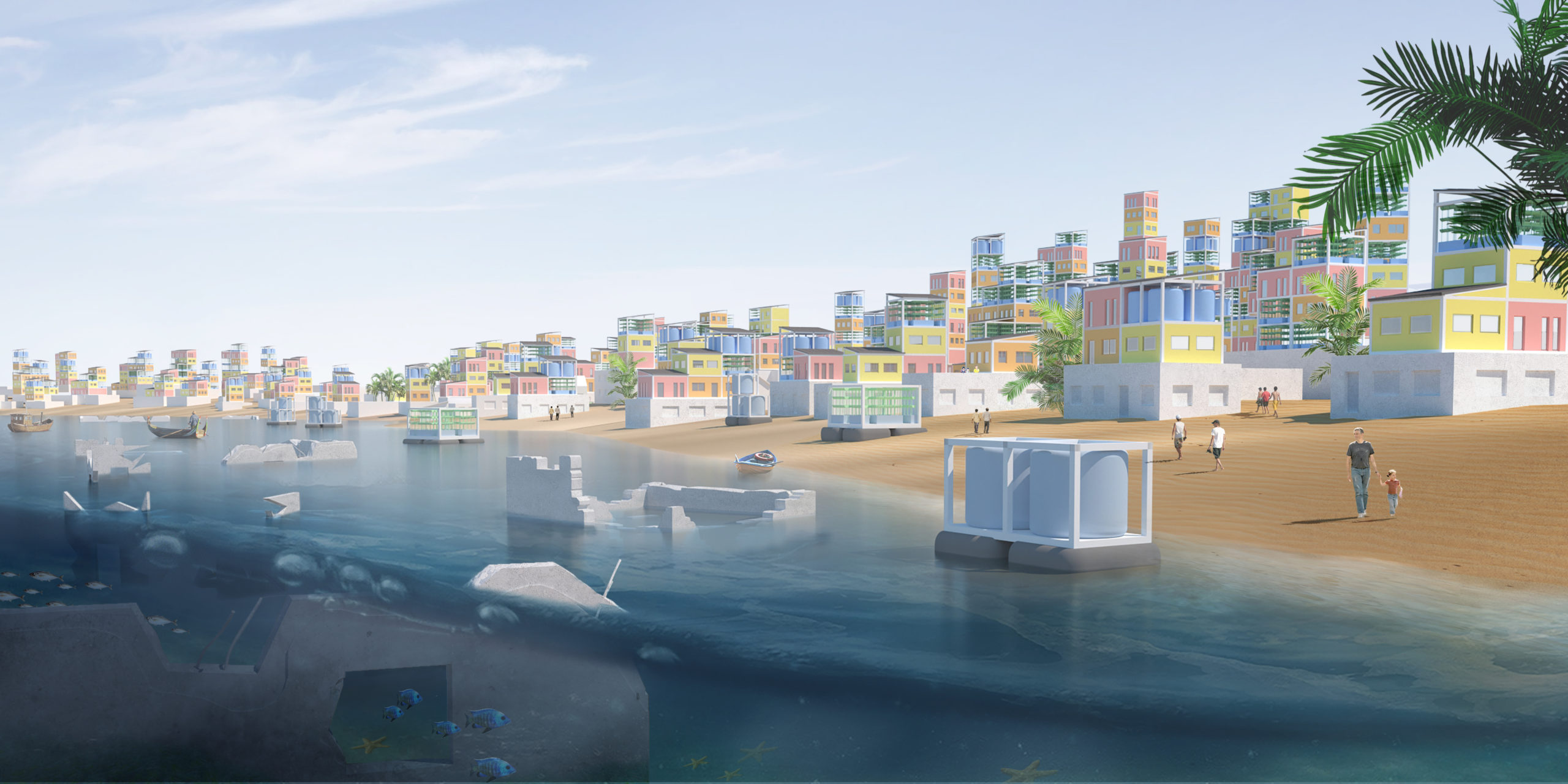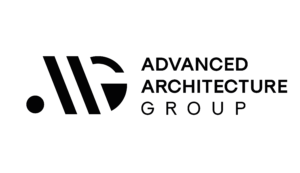|Coraal 1.0
Modular Housing

|Team
Elena Petruzzi, Aqeel Sourjah, Laukik Lad & Matvey Genne
|Faculty
Areti Markopoulou, David Andres Leon, Raimund Krenmueller, Nikol Kirova
|Project year
2021-22
Climate change poses a multitude of unpredictable threats to human habitation. CORAAL 1.0 is an effort in developing an adaptive system of protocols to analyze, evaluate and intervene in a context that is affected by sea level rise in order to mitigate its effects using computational tools which translate environment conditions on remote urban atoll islands into data. CORAAL 1.0 shows promise for authorities in sea-level rise-affected regions to assess and address its impacts. It also enables the development of innovative information-gathering approaches using cutting-edge technologies like semantic and neural machine learning, computer vision, and artificial intelligence. Moreover, CORAAL 1.0 supports adaptable methodologies responsive to natural conditions’ unpredictability, fostering an iterative, adaptive, and circular framework.

The objective is to Develop an adaptive system of protocols to analyze, evaluate and intervene in a context affected by sea-level rise to mitigate its effects using computational tools which translate environmental conditions on remote urban atoll islands into data.





Primarily, the research looks at the identification and localization of resources that are vital for the survival of the island. This is followed by analyzing the risk level of depletion of the identified resources. The constantly changing environmental conditions make dynamic adaptation a key feature of the project. The use of advanced computational tools such as NDVI, Semantic Segmentation Machine Learning, and Elk help cater to the reiterative nature of the analysis, bringing in a dynamic approach to visualize changes in the environment in real-time. The resources on the island are categorized into six main parts: vegetation/ agriculture, buildings and building materials, energy, connectivity, and water supply.

The project thoroughly analyzed three building types, creating detailed material models from online visual resources to map material usage against type and area. This aimed to maximize material reuse, crucial in Tuvalu’s resource scarcity and rising sea levels. By correlating building materials with sea-level rise simulations, the project plans to optimize material reuse. Utilizing continuous analysis data, it’s developing protocols and strategies, employing an algorithm to assess island clusters’ vulnerability to sea-level rise, ensuring an informed approach for Tuvalu’s future planning.



Finally, the project aims to provide protocols for improving the welfare of the inhabitants while mitigating the effects of sea-level rise. The proposed protocols are classified into four categories: Adapt, Retreat, Protect and Preserve. According to the analysis of data received from the algorithm as well as the external contextual forces, the developed strategy would specify which are the appropriate protocols that are to be implemented. As part of catering to maximize welfare conditions of the inhabitants in the future amidst the context of sea level rise, the project also looks into exemplary living conditions to use it as a benchmark for the project.
CoRAAL 1.0 therefore expresses great potential for authorities of regions affected by sea level rise to evaluate and mitigate its effects. It also paves paths for various independent opportunities to develop information- gathering methodologies using state of the art technologies such as symantic and neural machine learning, computer vision, and artificial intelligence. CoRAAL 1.0 also facilitates these methodologies to be responsive to cater the unpredictability of natural conditions, thus making it reiterative and adaptive, and circular.

